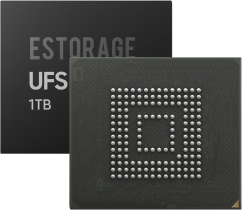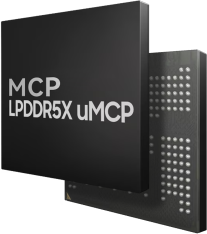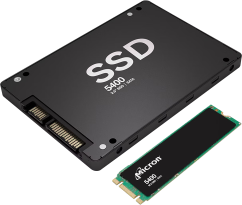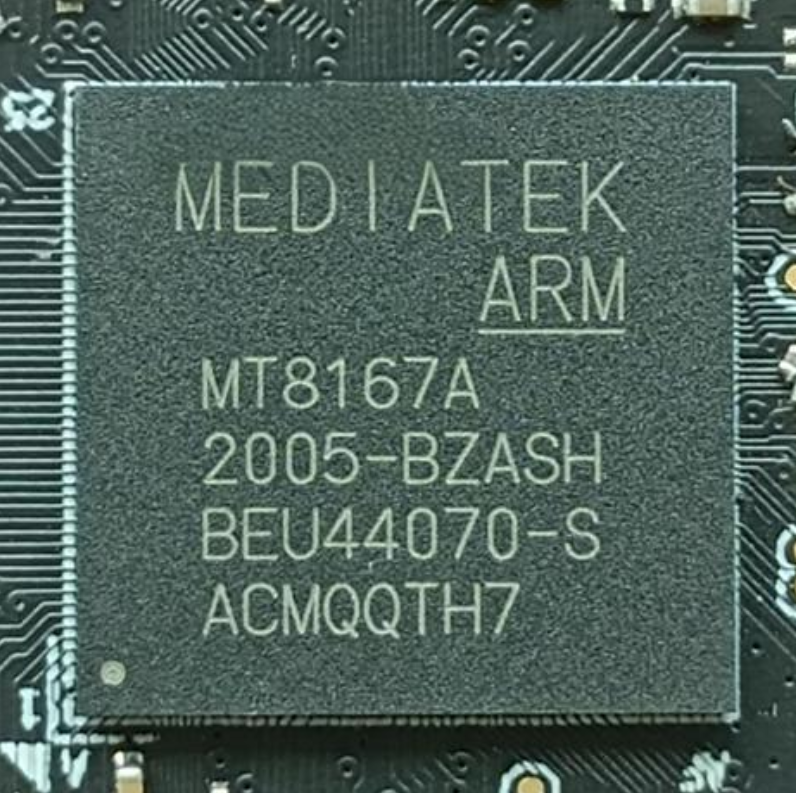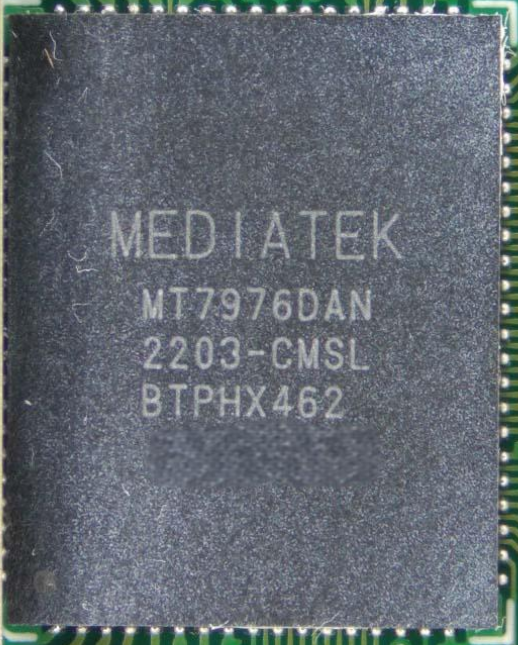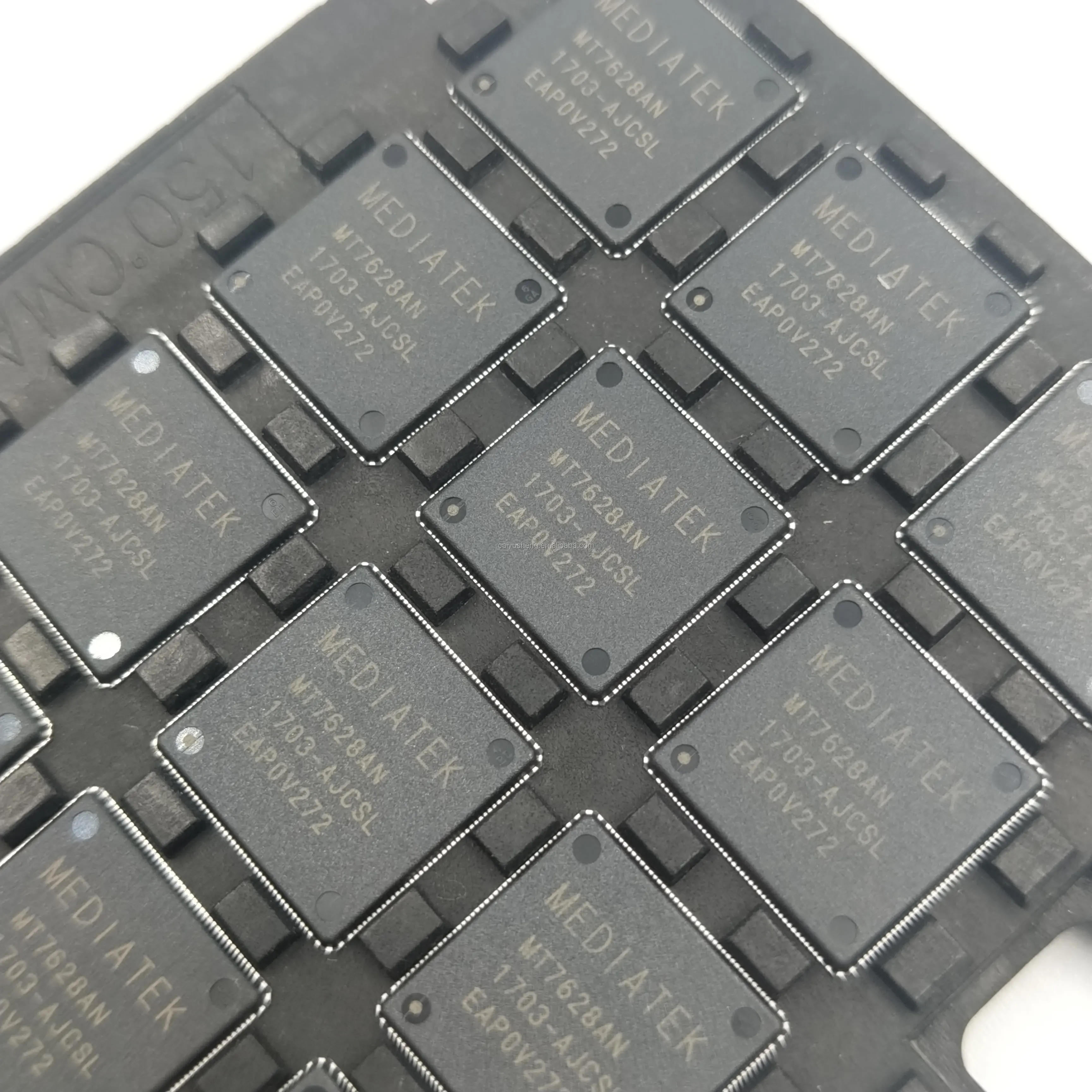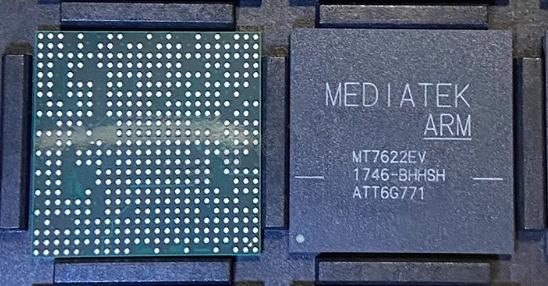Product Description
The MT2625 is a highly integrated SoC designed to serve the needs of the growing IoT ecosystem, with a strong focus on power efficiency and connectivity. Its dual-core ARM Cortex-A7 processor ensures that the chip can handle the processing requirements of a range of applications, while the low-power architecture allows for long operational hours, even in compact devices. The MT2625 is built to cater to devices like fitness trackers, smart watches, and smart home devices, where battery life is critical and users expect seamless communication between devices.
One of the standout features of the MT2625 is its connectivity suite, which includes both Wi-Fi and Bluetooth Low Energy (BLE). Wi-Fi enables devices powered by the MT2625 to connect to the internet or local networks, providing access to cloud-based services, remote control, and data synchronization. This is especially beneficial for smart home devices, which require robust, reliable connections to interact with other devices or external services. Bluetooth Low Energy (BLE) provides power-efficient connectivity, allowing devices to exchange data with smartphones or other Bluetooth-enabled devices without draining the battery. This feature is essential for wearable devices that need to sync data with smartphones for applications such as fitness tracking, health monitoring, or notifications.
For location-based services, the MT2625 supports GPS/GNSS functionality, which is valuable in applications like outdoor fitness tracking and location-aware services. This feature enables smartwatches or fitness trackers to provide accurate location information during outdoor activities, such as running or cycling, and can help users track their progress in real-time.
The MT2625 also supports a wide range of integrated sensors, making it ideal for health and fitness monitoring. It can interface with accelerometers, gyroscopes, and heart rate sensors, among other components, allowing wearables to track physical activity, heart rate, sleep patterns, and other important health metrics. The chip supports sensor fusion, which combines data from multiple sensors to provide more accurate results, ensuring that devices can track a range of physical activities with high precision.
In terms of power efficiency, the MT2625 excels at extending battery life. The chip integrates advanced power management technologies that include low-power sleep modes and dynamic power scaling. These technologies reduce energy consumption when the device is not in use or during idle times, which is essential for maintaining long battery life in devices like wearables that are typically small and have limited battery capacity.
In conclusion, the MT2625 is a versatile, low-power SoC that combines a dual-core processor, wireless connectivity, and sensor integration into one compact, energy-efficient package. It is particularly well-suited for IoT applications in wearables, smart home devices, and other connected devices. With Wi-Fi, Bluetooth Low Energy, and GPS/GNSS support, as well as advanced sensor fusion capabilities, the MT2625 enables seamless connectivity and accurate data tracking while ensuring extended battery life. This makes it an excellent choice for developers creating smart devices that require both efficient performance and reliable connectivity.
Specification
Processor:
Dual-core ARM Cortex-A7 processor for efficient processing and low power consumption.
Each core runs at a frequency up to 1.2 GHz, providing sufficient power for processing tasks such as sensor data collection, user interaction, and real-time communications.
Connectivity:
Wi-Fi 802.11b/g/n for internet connectivity and integration with local networks.
Bluetooth Low Energy (BLE) for low-power wireless communication, especially for linking to mobile devices and other IoT devices.
GPS/GNSS support for location-based services in devices like smartwatches or fitness trackers.
Power Efficiency:
Low-power processor and advanced power management techniques to ensure extended battery life in compact devices.
Low-power sleep modes and dynamic voltage and frequency scaling (DVFS) for optimized energy consumption.
Sensor Support:
Supports a variety of sensors, including accelerometers, gyroscopes, heart rate sensors, and other health-related sensors.
Capable of sensor fusion to enhance the accuracy of data collected from multiple sensors simultaneously.

